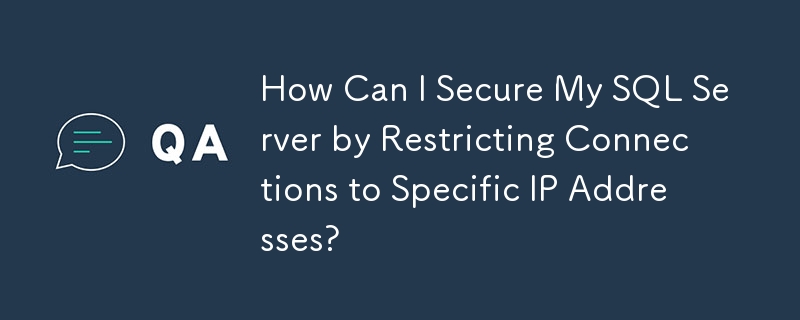Found a total of 10000 related content

Setting up a Multi-Server Security Engine Installation
Article Introduction:This guide demonstrates how to configure a multi-server CrowdSec Security Engine, enhancing your network's collective security. One server acts as the parent (server-1), receiving alerts from child Log Processors (server-2 and server-3). This archit
2025-03-09
comment 0
360

Ubuntu Server Security Best Practices
Article Introduction:Bolstering Ubuntu Server Security: A Comprehensive Guide
Ubuntu Server, a globally popular open-source operating system, powers countless infrastructures. Its efficiency and ease of use make it a favorite, but like any system, it's vulnerable to sec
2025-03-14
comment 0
403
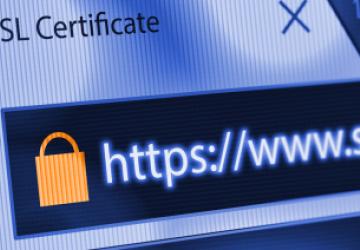
Secure A Multi-Server Security Engine Installation With HTTPS
Article Introduction:The second part of this tutorial will explain how to set up and secure the installation of the multi-server CrowdSec security engine. In the first part, we explain how to set up the CrowdSec security engine on multiple servers, one of which serves as the parent server and the other two forward the alert to it.
This section will solve the security issues caused by plaintext HTTP communication in previous multi-server security engine installations. To solve this problem, we recommend establishing communication between security engines through encrypted channels. This solution allows server 2 or server 3 to trust the identity of server 1 and avoid man-in-the-middle attacks.
Use a self-signed certificate
Creating a Certificate First, you need to create a certificate. This can be achieved by the following single line command:
open
2025-03-10
comment 0
411
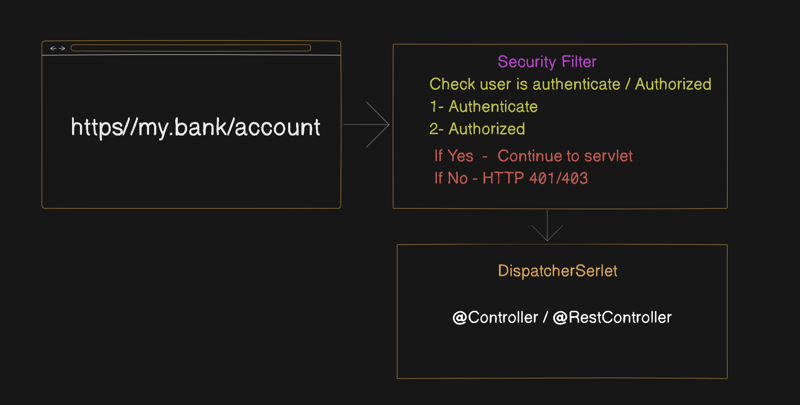

CentOS Security Hardening: Protecting Your Server from Intruders
Article Introduction:CentOS server security reinforcement can be achieved through the following steps: 1. Keep the system software updated and use the "sudoyumupdate-y" command; 2. Disable unnecessary services, such as "sudosystemctldisablecups&&sudosystemctlstopcups"; 3. Configure SELinux as mandatory mode, use the "sudosetenforce1&&sudosed-i's/SELINUX=permissive/SELINUX=enforcing/g'/etc/selinux/config" command; 4. Regularly
2025-04-07
comment 0
622

What are the best security practices for hardening a Windows Server?
Article Introduction:Protecting Windows Server security requires the following key measures: 1. Update the system and patch management, enable automatic updates, regularly check status and test before deployment; 2. Configure firewalls and restrict port access, close unnecessary ports, create inbound/outbound rules and change RDP default ports; 3. User permissions and account management, disable default administrator accounts, use strong password policies, enable MFA and regularly clean idle accounts; 4. Log audit and intrusion detection, enable audit policies, centralized log management, use IDS/IPS or EDR tools and set alarm mechanisms, thereby comprehensively improving the security protection capabilities of the server.
2025-06-27
comment 0
635
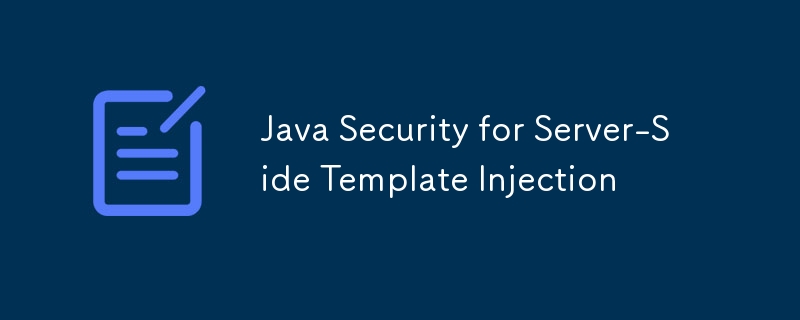
Java Security for Server-Side Template Injection
Article Introduction:Preventing server-side template injection (SSTI) requires four aspects: 1. Use security configurations, such as disabling method calls and restricting class loading; 2. Avoid user input as template content, only variable replacement and strictly verify input; 3. Adopt sandbox environments, such as Pebble, Mustache or isolating rendering context; 4. Regularly update the dependent version and review the code logic to ensure that the template engine is configured reasonably and prevent the system from being attacked due to user-controllable templates.
2025-07-16
comment 0
699

How to harden an SSH server for better security?
Article Introduction:To improve the security of SSH servers, we need to start from three aspects: reducing the attack surface, strengthening the authentication mechanism and restricting access rights. First, modify the default port (such as 22 to 2222) to reduce the frequency of automation attacks, and configure the firewall to allow new ports to communicate; second, disable password login, use SSH key pair authentication, generate the key through ssh-keygen and copy the public key to the server, and set PasswordAuthentication and PermitEmptyPasswords to no; again restrict user access, specify the logged-in user through AllowUsers or AllowGroups, prohibit root from logging in directly and turn off non-essential functions such as X11 forwarding; finally cooperate with
2025-06-14
comment 0
691


Securing WordPress Against Hackers and DDoS Attacks
Article Introduction:Key Takeaways
Prioritize server security by choosing a host based on security and reputation, not price. Ensure the host runs stable versions of server software, enables a server-level firewall, allows for frequent backups and restores, and has in
2025-02-17
comment 0
423
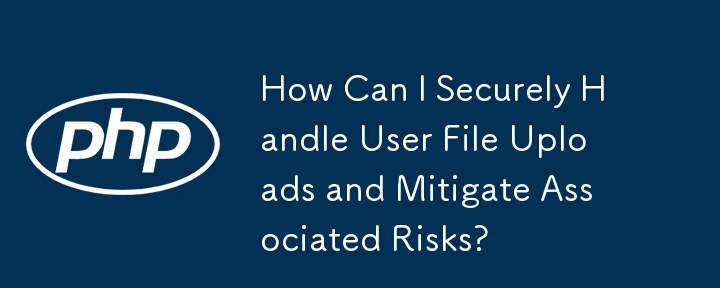
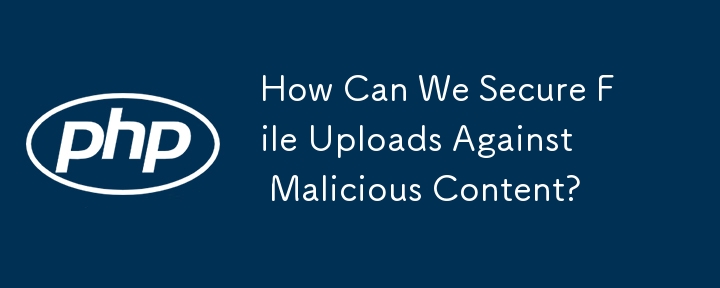
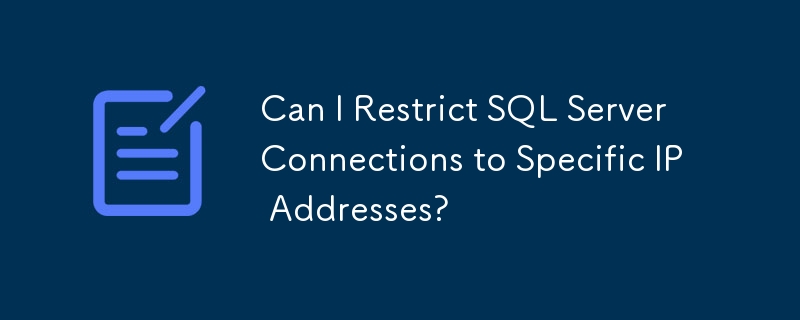
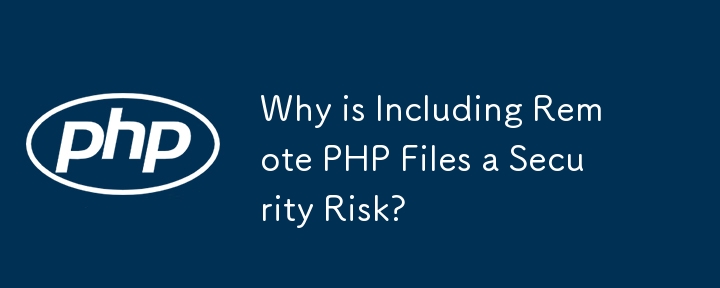
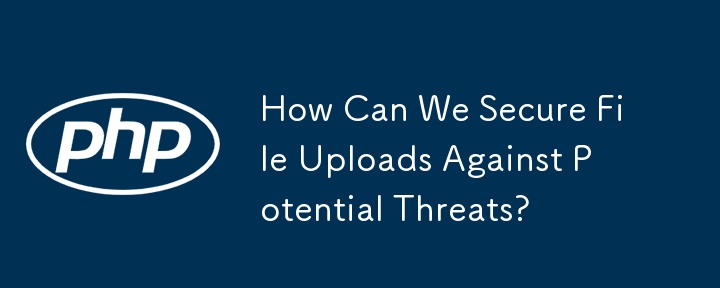

What are the security policies of php on centos
Article Introduction:Detailed explanation of CentOS server PHP security policy: Building a solid protection system This article will explore in-depth how to build a secure PHP operating environment on the CentOS system, covering multiple aspects such as system level, PHP configuration, permission management, HTTPS encryption and security monitoring, etc., to help you effectively reduce the risk of server attacks. Server security is a continuous improvement process that requires regular review and updates to security policies. 1. System security cornerstone system update: Keep the latest version of the CentOS system and all software packages, install security patches in a timely manner, and plug known vulnerabilities. Firewall protection: Use Firewalld to finely control server network access, and only necessary ports (such as HTTP port 80 and H
2025-04-14
comment 0
610
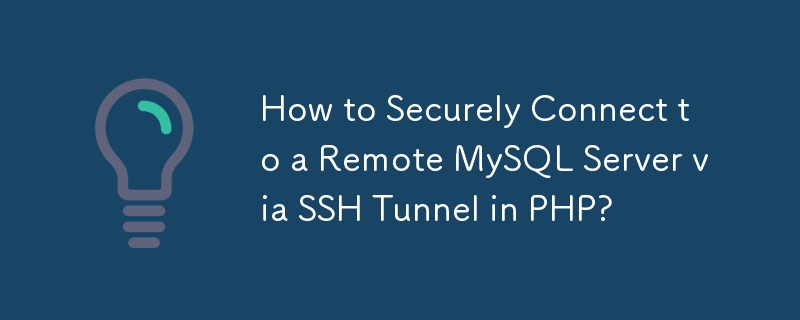

How do I configure Apache as a reverse proxy server?
Article Introduction:Article discusses configuring Apache as a reverse proxy, common issues, multi-server setup, and security measures. Main focus is on setup steps and enhancing security.
2025-03-14
comment 0
479

Security Agent on Mac: What Is It & What Does It Do on MacBook Air/Pro?
Article Introduction:What is Security Agent on MacSecurity Agent on Mac functions as a background process responsible for managing user authentication, system security notifications, and requests for application permissions. It collaborates with macOS's Security Server t
2025-05-15
comment 0
181
















